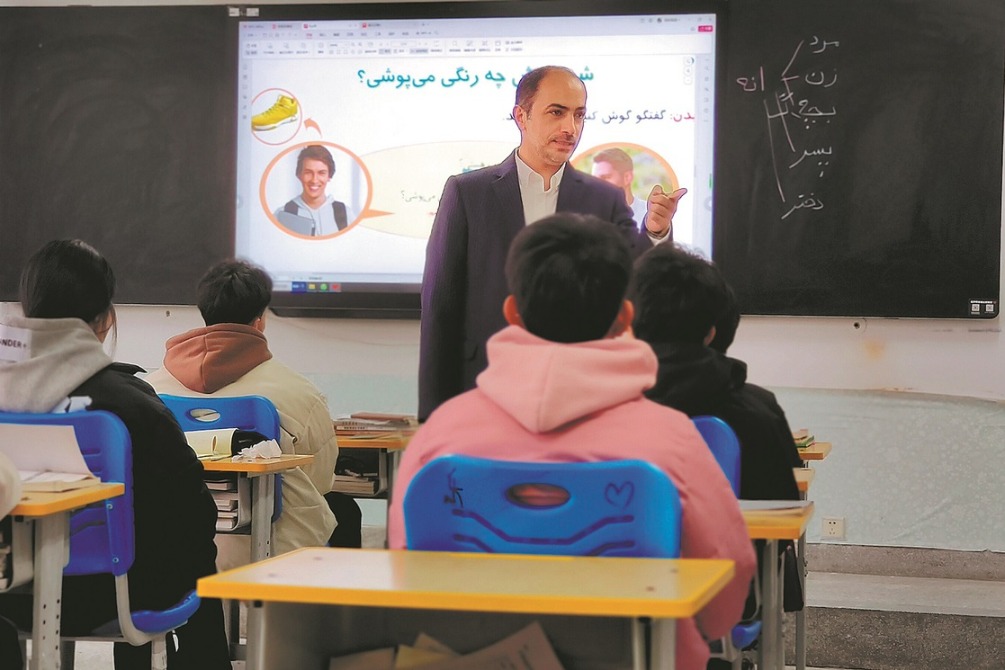UN climate fund starved of cash
By MINLU ZHANG in New York | China Daily | Updated: 2022-04-14 09:16

As vulnerable states suffer, US blamed for miserly outlays that jeopardize work
In Kenya's countryside, people are facing one of the most severe droughts in memory. Some regions have been without rain for two years, and more than half the crops and most of the livestock have perished. Up to 4 million people may require food aid in the coming months.
Kenya isn't the only country to suffer the fallout from climate change in recent years. Countries least responsible for the climate crisis are most vulnerable to its effects.
In South Asia, Bangladesh already spends $2 billion each year on climate-related damage, according to a report from the International Institute for Environment and Development. A dozen island nations are at risk of disappearing entirely.
The international community has acknowledged the urgency. In 2010, the United Nations created a multilateral institution, the Green Climate Fund, or GCF, to support developing countries that aren't historically responsible for causing the climate crisis to cut their emissions and cope with climate impacts.
However, the UN flagship climate fund now has warned that carbon-cutting projects in developing countries would have to be cut without more money coming in.
$2 billion debt
Campaigners have blamed the United States-one of the GCF's founders-for the potential cuts.
"If the GCF needs to limit its operations in the near future due to lack of funding, it's hard to find any single country more at fault than the US," Action Aid's policy director Brandon Wu told Climate Home News.
In 2014, then-US president Barack Obama promised the GCF $3 billion but gave only $1 billion before the end of his term. His successor, Donald Trump, didn't give any money to the fund and, so far, neither has President Joe Biden. The US owes the fund $2 billion.
Last year, 46 climate and green groups signed a letter that urged the White House to fulfill its $2 billion pledge to the CCF.
The climate and green groups also asked the administration to commit an additional $6 billion to bring the US in step with other donor countries.
In 2019, 13 countries-mostly in Europe but including South Korea and New Zealand-announced a doubling or more of their contributions to the GCF to help fund green projects for 2020-23. Collectively, European Union member states have delivered more than $9 billion to the fund.
Of the $17 billion that's flowed into the fund, only 6 percent has come from the US, the world's largest aggregate emitter. The money that has been pledged to the fund is only a fraction of the $100 billion the industrialized world promised developing nations to pursue low-carbon energy sources and adapt to climate impacts.
The Biden administration pledged to deliver $11.4 billion a year in climate finance by 2024, but a budget passed by Congress on Monday allots just $1 billion to deal with the climate crisis.
The budget is only $387 million more than Trump-era spending, according to Joe Thwaites, a researcher at the World Resources Institute. It will take until 2050 to meet Biden's goal, "if Congress is only willing to increase funding by $387 million each year", said Thwaites.
The bill does not allocate any funding for the GCF.
The US has lagged in climate finance over the past decade. In 2017 and 2018, it provided less climate finance than France, Germany, Japan or the UK, despite having an economy larger than all those countries combined.
























